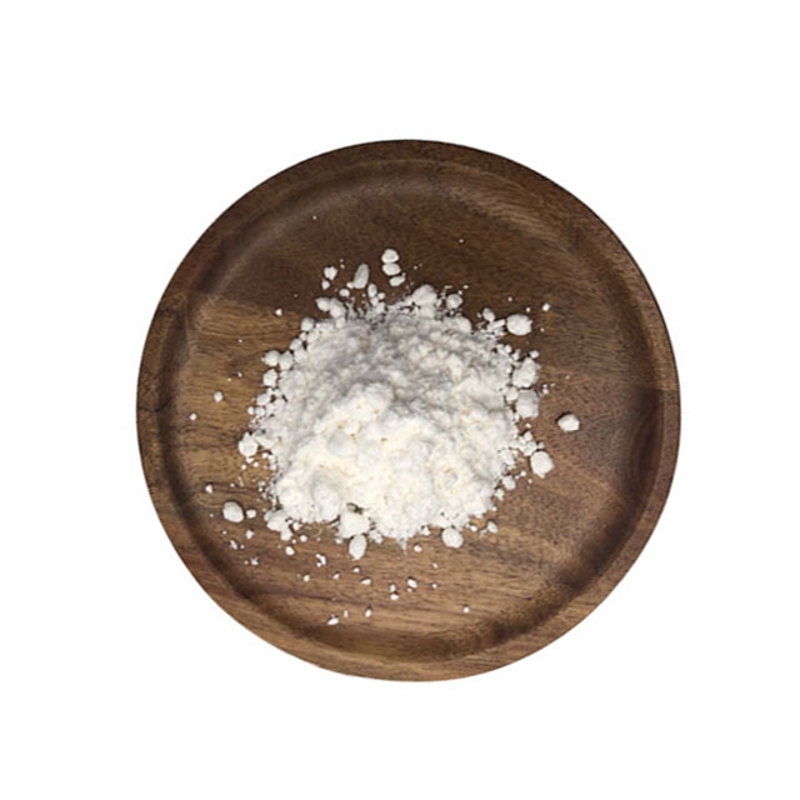-
Categories
-
Pharmaceutical Intermediates
-
Active Pharmaceutical Ingredients
-
Food Additives
- Industrial Coatings
- Agrochemicals
- Dyes and Pigments
- Surfactant
- Flavors and Fragrances
- Chemical Reagents
- Catalyst and Auxiliary
- Natural Products
- Inorganic Chemistry
-
Organic Chemistry
-
Biochemical Engineering
- Analytical Chemistry
- Cosmetic Ingredient
-
Pharmaceutical Intermediates
Promotion
ECHEMI Mall
Wholesale
Weekly Price
Exhibition
News
-
Trade Service
The tumor microenvironment (TME) is composed of multiple cell types (such as immune cells, fibroblasts) and extracellular components (such as hormones, cytokines, growth factors), which play a crucial role in the host's immune response to tumors Important role
.
.
The tumor microenvironment (TME) is composed of multiple cell types (such as immune cells, fibroblasts) and extracellular components (such as hormones, cytokines, growth factors), which play a crucial role in the host's immune response to tumors Important role
The degree of anti-tumor response depends on the balance between T cell suppression and activation signals, and this process is mainly mediated by immune checkpoint markers
.
In TME, the abnormal expression of specific immune checkpoint markers, including PD-1 (programmed cell death protein 1) and its ligand PD-L1, usually promote immune tolerance and immune escape of tumor cells
Previous studies have shown that increased expression of PD-1 on the surface of T cells and continuous over-activation of the PD-L1/PD-1 pathway can reduce the apoptosis of regulatory T cells (Tregs) and enhance the apoptosis of antigen-specific T cells
.
Soft tissue sarcoma (STS) is generally considered non-immunogenic, although its specific subtype is responsive to immunotherapy
.
The purpose of this study is to analyze tumor infiltrating lymphocytes (TIL) and immune checkpoint markers in STS, and evaluate its local recurrence (LR), distant metastasis (DM) and overall survival (OS) of the disease.
Prognostic impact
The purpose of this study is to analyze tumor infiltrating lymphocytes (TIL) and immune checkpoint markers in STS, and evaluate its local recurrence (LR), distant metastasis (DM) and overall survival (OS) of the disease.
The prognostic impact of this study is to analyze tumor infiltrating lymphocytes (TIL) and immune checkpoint markers in STS, and to evaluate its local recurrence (LR), distant metastasis (DM) and overall survival (OS) of the disease.
Multispectral images of two kinds of myxofibrosarcoma
Multispectral images of two kinds of myxofibrosarcomaThe researchers found that with the exception of FOXP3+ and CD3-PD-L1+ cell subgroups, there are significant differences between different histological subtypes and all immune checkpoint markers
.
Compared to leiomyosarcoma, higher levels of PD-L1, PD-1 and all TIL phenotypes were found in myxofibrosarcoma
Except for FOXP3+ and CD3-PD-L1+ cell subgroups, there are significant differences between different histological subtypes and all immune checkpoint markers
The abundance of immune checkpoint markers and TIL phenotype depends on histological subtype
The abundance of immune checkpoint markers and TIL phenotype depends on histological subtypeAll in all, the results of the study found that TIL and immune checkpoint markers have the highest levels in myxofibrosarcoma
.
Regardless of the patient's surgical margin status, high Treg levels are independently associated with the patient's increased risk of LR
TIL and immune checkpoint markers have the highest levels in myxofibrosarcoma
T-regulatory cells predict clinical outcome in soft tissue sarcoma patients: a clinico-pathological study.
Leave a message here







